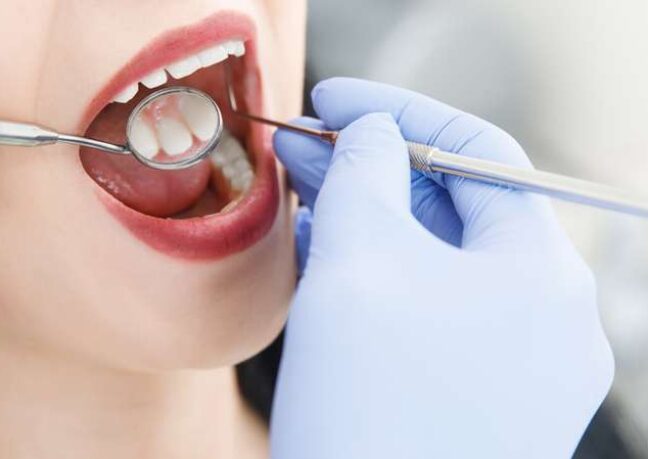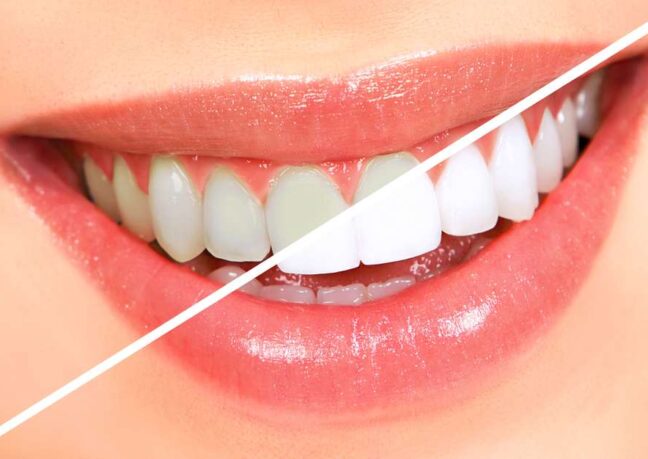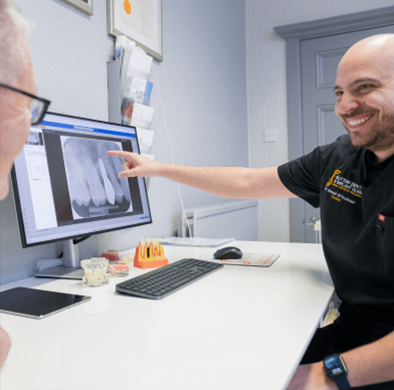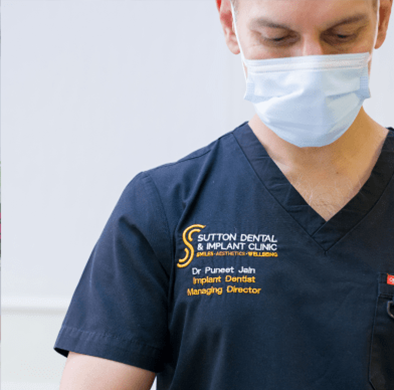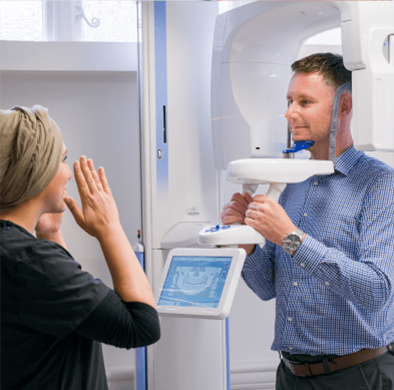18 / 09 / 2023
The Rise of Facial Fillers: Understanding the Science and Application
Facial fillers have become a firm favourite in the world of facial aesthetics. Used in conjunction with anti-wrinkle treatment, it can help individuals transform tired and lined faces, giving them a fresh and rejuvenated appearance that enhances emotional well-being.
But what are fillers, and what do they do?
Fillers as a Key Part of Facial Aesthetics Treatments
While anti-wrinkle treatments work on wrinkles caused by muscle movement in the face, fillers address other areas, such as sagging skin, scars, and lips, adding volume and smoothing out wrinkles and lines.
There are different types of fillers available, which are used to treat various age-related facial issues, but they all primarily contain a natural ingredient called hyaluronic acid. Hyaluronic acid is a substance produced throughout the body. It is a smooth, silky substance that, in short, helps to keep things moving smoothly within the body, such as around the joints.
Hyaluronic acid is also very effective at retaining water and keeping things hydrated, which helps your skin to stretch and flex. Consequently, it is used in moisturising creams and ointments, reducing the appearance of scars and treating dry eyes.
What is the Science That Makes Fillers Such an Effective Facial Aesthetic?
The chemistry of hyaluronic acid is constructed from long, complex chain-like molecules called polymers. Its construct contains moisture-absorbing pockets, which is why it is such an effective ingredient in moisturising products – just a quarter of a teaspoon of hyaluronic acid can hold nearly seven litres of water.
Additionally, due to its scaffolding-like structure, it is implicit in the renewal of cells and the regrowth of tissues that are inherent to the healing process.
Consequently, it is already used extensively to treat a number of different issues, including skin conditions, eye health, joint problems, wound healing, bladder conditions such as cystitis, and respiratory conditions like asthma.
A facial aesthetics dentist will have detailed knowledge of how fillers can work according to your facial anatomy. Often, treatments can be combined with anti-wrinkle treatment to tackle different areas of the face. Using fillers, facial aesthetics reduces the overall ‘freezing’ effect that is often associated with anti-wrinkle treatment.
Fillers are used in those areas that are not affected by muscle movement. The result is either to fill in the wrinkles and fine lines or plump up the area to rejuvenate the overall appearance of sagging. In particular, fillers can be used in the following areas:
- Lips: Fillers can be used to give a much more subtle plumping of the lips. Over time, lips naturally lose volume and thin out, which adds to the overall look of ageing. Skillfully administered fillers can give a natural boost to your lips.
- Scars: The natural healing properties of hyaluronic acid in dermal fillers can have a beneficial effect on the look of facial scars. Whether caused by injury or acne, scars can significantly impact an individual’s sense of self-worth. High-quality facial aesthetics treatments can help reduce the appearance of scars, smoothing out the indents and uneven texture caused by scarring.
- Cheeks: thinning cheeks are a common sign of ageing. Women, in particular, can lose up to 25 per cent of their facial volume by the time they reach the age of 50. Inserting fillers into sagging and sunken cheeks can restore that plumpness and give back a more youthful appearance.
- Forehead: Hyaluronic acid is particularly known for its ability to attach itself to cells, which is why a targeted treatment for forehead wrinkles is so effective, giving immediate results.
- Chin and nose: The natural ageing process affects the skin around the chin and nose, causing it to lose volume and droop. Dental facial aesthetics is particularly sensitive to this area and can use dermal fillers to smooth out and plump up sagging skin. This is particularly beneficial in improving someone’s side profile.
- Marionette Lines: Your marionette lines run perpendicular to the corners of the mouth, and the deeper they are, the more aged you look. Add in the smile lines that run from the nostrils to the mouth, and you can add years to your age. Those years can be minimised through the use of fillers.
Where Can I Get Fillers and Botox Near Me?
When choosing the right clinic for a facial aesthetic treatment, ensure you verify the clinic’s credentials. While no medical training is required to administer the anti-wrinkle treatment, there is currently a push to introduce licensing to govern the industry more effectively.
A facial aesthetics dentist can demonstrate the medical training necessary to administer anti-wrinkle treatment. Equally, Botox is a prescription drug, and under the General Dental Council rules, all our dentists are licensed to prescribe Botox. Fillers are not prescribed drugs, so there are fewer regulations around them. However, because they are usually offered together, the same guidelines can apply.
If you have searched ‘who does fillers and anti-wrinkle treatment near me’ and stumbled upon our website, then rest assured that we have completed every certificate, qualification, and training required to give you the best possible facial aesthetics treatment. If you’re eager to get back to your old self, schedule a chat with one of our professionals, who will guide you through the process.

